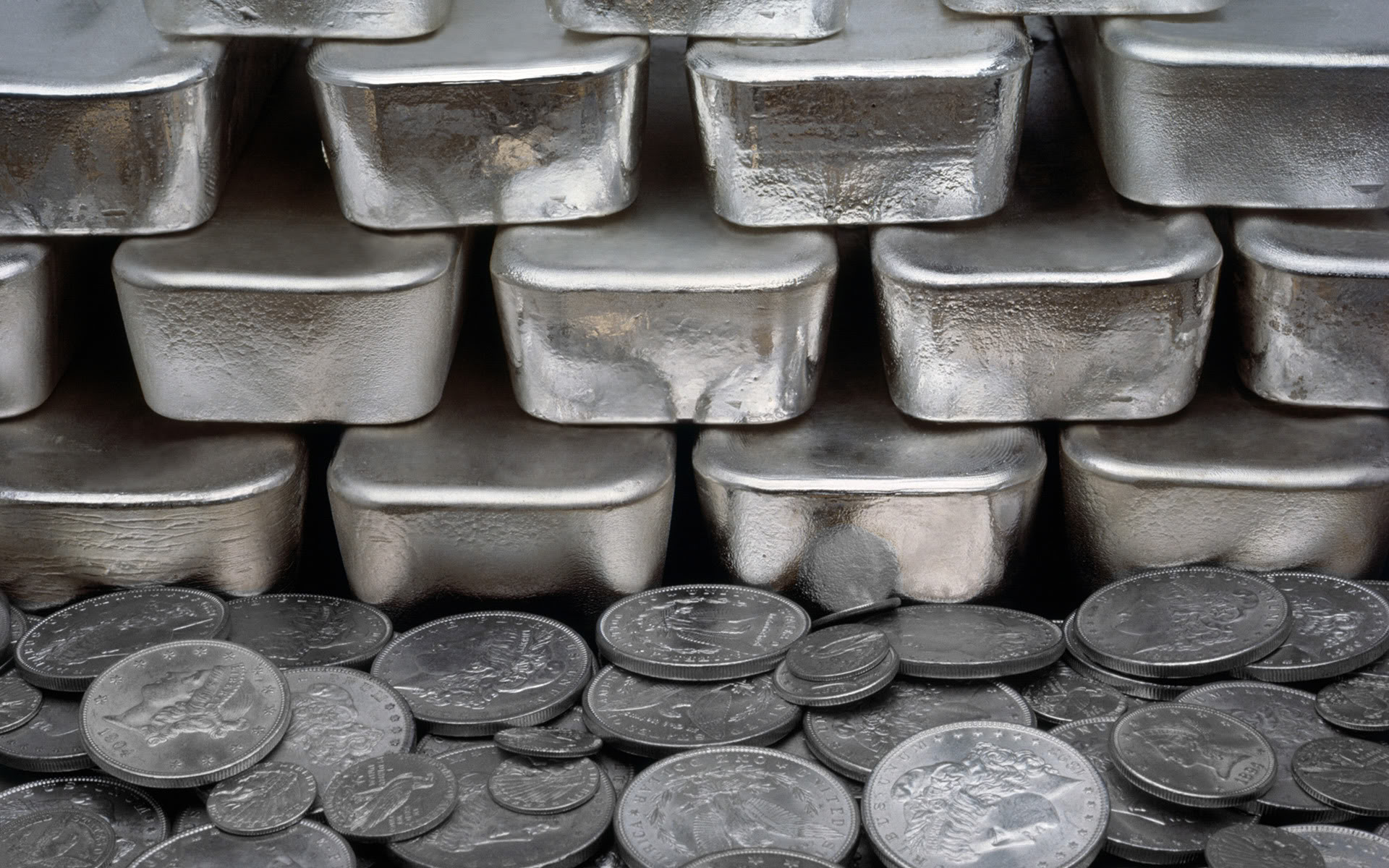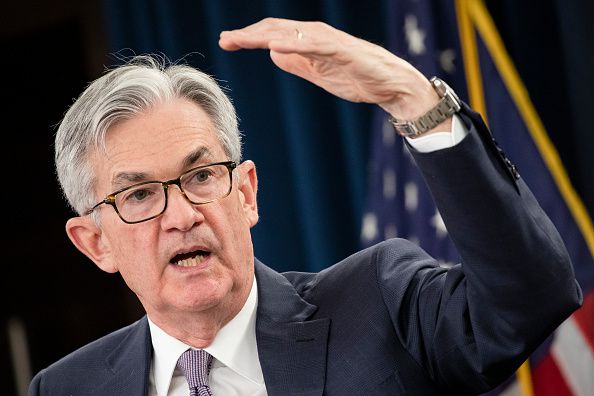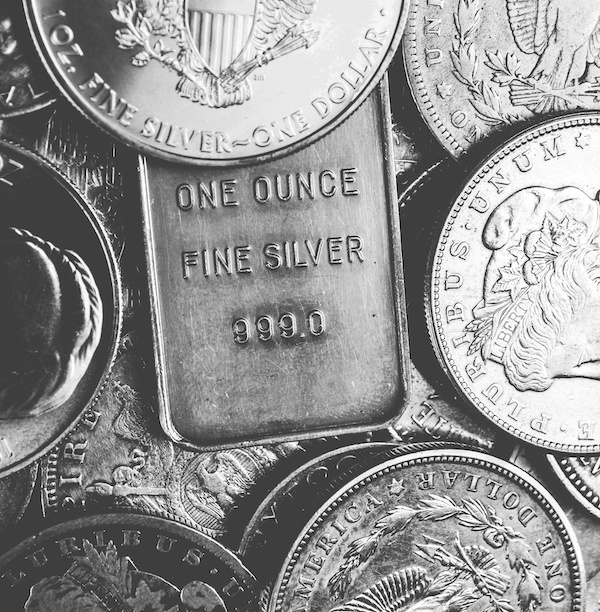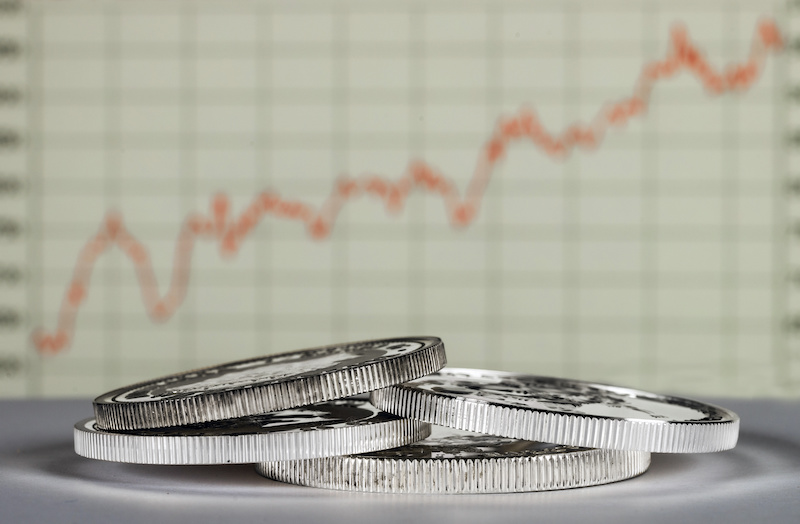The COVID-19 pandemic had a profound impact on global supply chains, creating a myriad of problems and challenges for mining and minerals companies, refineries and mints.
Many mines and refineries around the world were shut down or operated at reduced capacities due to lockdowns, quarantine measures, and worker illness. This led to reduced output and shortages of silver, gold and platinum, not only for investors, but especially in industries where precious metals are consumed.
The supply chain disruptions and lockdowns led to wholesale premiums on precious metals to increase quickly as demand from investors was driven by uncertainty and supply concerns.
The premiums on US Mint Silver Eagles were impacted more than others. Most of the high premiums were caused by a combination of things that included a variety of repeated shutdowns, issues with blank planchets from suppliers and other problems related to the production of coins. At their peak, the dealer premiums on Silver Eagles were in excess of 50% more than the silver spot price.
In today’s market, bullion buyers are able to find deals on 10 oz silver bars from various online dealers with premiums below $2.00 per ounce over the prevailing silver spot price. For investors looking for larger silver bars, such as silver kilos and 100 oz bars, dealer premiums can be the range as low as $1.25 to $1.50 per troy ounce above spot silver.
Silver premiums have not been this low in several years making this a great opportunity to back up the truck and load it up.
Although the Federal Reserve has paused interest rate hikes for the time being, many analysts are speculating that the results of the policy hikes aren’t likely to be felt for twenty-four months or longer. The Fed began the string of rate hikes in March 2022 as a following two years of consistently high inflation impacting prices.
If analysts predictions are correct, the CPI, which includes consumer prices of essential everyday goods, including housing, gasoline and food, isn’t likely to show meaningful decreases until the first quarter of 2024 or beyond.
JP Morgan Chase CEO Jamie Dimon continues to repeat his dire prediction of an extended period of stagflation.
Stagflation is an economic term used to describe a situation in which an economy experiences stagnant growth, high unemployment, and high inflation simultaneously. This combination is particularly troubling for policymakers because the usual tools to combat inflation, like raising interest rates or reducing government spending, can exacerbate unemployment and further hinder economic growth. While measures to boost the economy, like lowering interest rates or increasing government spending, can worsen inflation.






